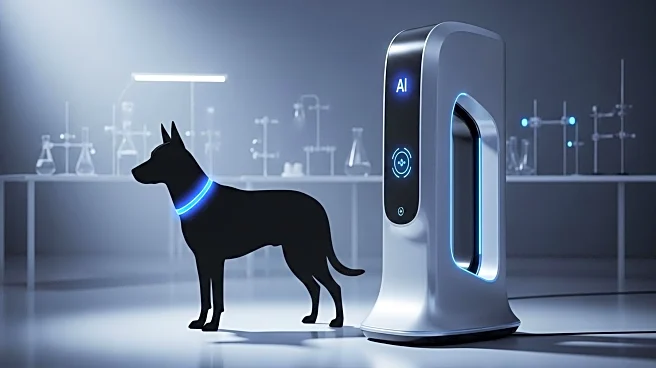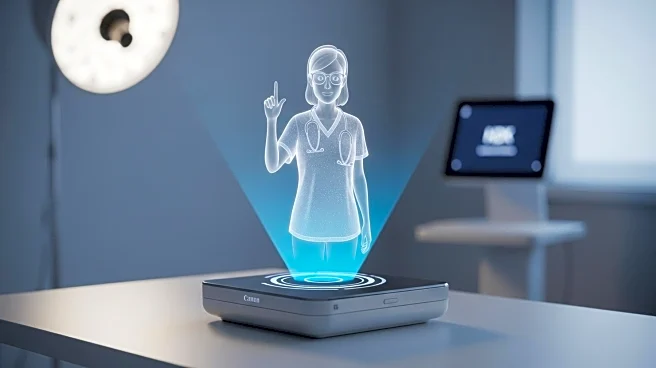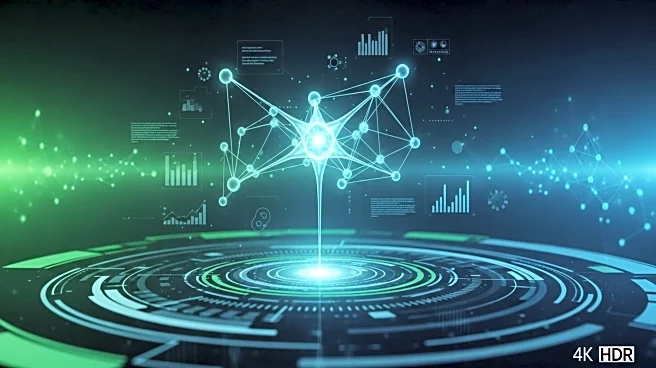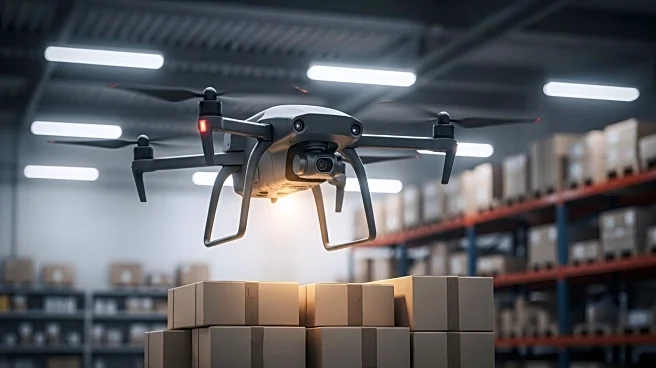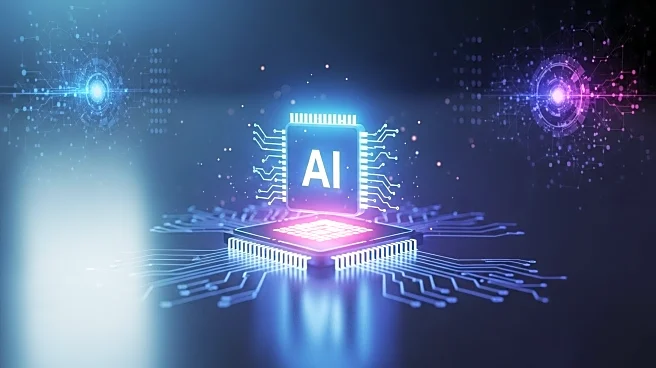What's Happening?
A new AI-based system has been developed to identify autism spectrum disorder (ASD) in children using home videos. The system analyzes vocal and behavioral responses through a gaze estimation framework, providing a non-intrusive method for early detection. This approach aims to address the delays in ASD diagnosis, which typically occurs at an average age of 3.5 to 4 years, later than the ideal window for early intervention. The system offers a scalable and objective alternative to conventional diagnostic tools, which are resource-intensive and require trained professionals.
Why It's Important?
Early identification of ASD is crucial for enhancing cognitive and socio-emotional functioning in affected children. The AI system could significantly reduce the age of diagnosis, allowing for earlier intervention and improved outcomes. This development is particularly important in the U.S., where most children with ASD are diagnosed after 51 months. The system's scalability and objectivity could make it a valuable tool in overcoming barriers to early diagnosis, especially in low- and middle-income countries where access to specialized services is limited.
What's Next?
The implementation of this AI system could lead to widespread changes in how ASD is diagnosed and treated. It may prompt healthcare providers to adopt more technology-driven approaches, potentially reducing the reliance on traditional diagnostic methods. The system's success could also encourage further research into AI applications in other areas of neurodevelopmental disorders.
Beyond the Headlines
The use of AI in diagnosing ASD raises ethical considerations regarding data privacy and the potential for over-reliance on technology in healthcare. It also highlights the need for ongoing evaluation of AI systems to ensure accuracy and reliability in diverse populations.

